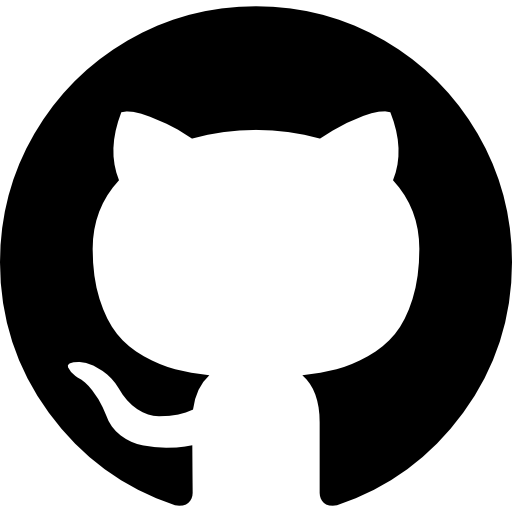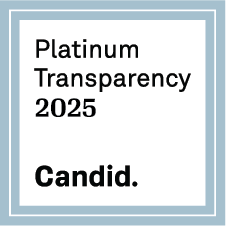GIS Training for LEGIT stakeholders in Liberia
Posted by David Luswata • Feb. 16, 2018

2017 was a busy year in Liberia, being crowned up with the first peaceful and democratic transition of power in 47 years, and football legend George M. Weah emerging as president. The Local Empowerment for Government Inclusion and Transparency Project (LEGIT) conducted several activities in Bong, Nimba and Grand Gedeh Counties. Specifically, HOT led the mapping component of the project in cities of Zwedru, Ganta, and Gbarnga, mapping social service delivery points, administrative boundaries, structures, and other infrastructures. Working with City Corporations Officials, Civil Society Organisations (CSOs), Community-Based Organisations (CBOs) and community members, we were able to map 52,730 buildings, 181 health facilities, 380 education facilities, 3,382 shops, 75 named streets and 128 administrative boundaries in all three cities (Gbarnga, Ganta and Zwedru). LEGIT is focused on supporting Government of Liberia’s decentralizations agenda to implement the decentralization process which is in its final stages, led by Ministry of Internal Affairs and Governance Commission. The mapping process was in collaboration with these government agencies and Liberia Institute of Geo-Information Services (LISGIS).

With all mapped data in OSM, 2018 started on a high note for the project with GIS Training workshops in Monrovia and the three LEGIT cities. The focus for the training has been to empower stakeholders to leverage the power of mapped data, using OpenSource tools. Participants were trained on how to use this mapped and open data to inform policy and advocacy by using GIS tools to analyse mapped data and produce maps. The trainings lasted five days in each of the four cities. Each of the days had a special package for the participants:
-
Day 1 focused on reorienting attendees with the goals of the project, introducing the project to new attendees, sharing progress, presenting maps, and reviewing the data collection process including editing OSM, using JOSM, and field data collection applications.
-
Day 2 introduced participants to open source GIS and QGIS. Activities with QGIS included installation, navigation, adding data, symbology, labelling, and creating maps with the print composer.
-
Day 3 provided participants with information and practice in downloading data from OpenStreetMap to use in a GIS application like QGIS using the HOT Export Tool and QuickOSM, as well as additional experience in creating maps with QGIS.
-
Day 4 focused on disaster risk reduction and planning, participants were introduced to InaSAFE, a software plugin that works with QGIS as a disaster planning tool, as well as additional experience working with QGIS and creating maps.
-
Day 5 brought together skills learned throughout the week for practical use of GIS in Solid Waste Management. Participants discussed solid waste management in their city and created maps to understand distribution of waste sites.
In all training locations, participants had their own views about the training and what the mapping process and GIS training meant for their cities and work. The Monrovia training session brought together participants from government agencies, and other stakeholders who were introduced to GIS and the mapping process. We also had the chance to meet with the growing OSM Liberia community and to hand out registration certificates for five new Youth Mappers Chapters in Liberia.

In Gbarnga City, Jacob B. Kolleh, a participant from Cuttington University noted, “This training is what I have been dreaming about. When I remember how much it cost me to get a map for my research, I can’t thank LEGIT enough for this training. Back then, it cost much money and it took a month for me to get that map I wanted for my research”. The City Mayor of Gbarnga City urged participants to make use of the skills learned during the workshop to develop their city and improve resiliency. Participants expressed interest in meeting regularly to practice GIS and help each other create maps for their work. There is a lot of interest with participants in conducting additional mapping for their own work as well as using resources through OSM Liberia to do this work and more mapping.
The Ganta training session brought together participants from Sanniquellie City and Ganta (Gompa) City. “This training has empowered us and energized us to continue mapping our city and county. We have learned how to make maps for communities in our city. The training has made us more capable to read the map, properly identifying where waste collection sites are located, and we will practice what we have learned,” explained J. Wonkiepeh Saye, a participant from the City Corporation. Bob Emmanuel Paye, the Administrative Assistant Ganta City, noted that maps are going to make their work very easy. “Now, should any program come to the city, I will just show them on the map and direct them to go to community so-and-so, but before, we used to walk with the people, taking them to different communities to implement programs, because we had no easy ways of directing them.” Organizations other than Ganta City Corporation also immediately recognized practical uses for the training. A CSO was already planning to conduct a mapping of WASH facilities in another city using the skills they learned from the field mapping process last year, and now will add these additional skills to that project. And participants from Sanniquellie City recognized how mapping flood risk could assist disaster management in their city where regular flooding occurs.

Zwedru City, in Grand Gedeh county was the last training location, with a cross section of stakeholder participants. Like in other cities, the training had participants who participated in the mapping process as well as new participants to the project. “The map you made for the city, is very well received, and the City Mayor and the Council appreciate the work you have done mapping our city.” noted James Meeme, Administrative Assistant Zwedru City.
In each city, though challenged with low levels of ICT skills to some extent and inconsistent internet access, participants were able to make maps for the first time showing various mapped features. With funding from USAID, LEGIT is implemented by DAI, and has put Zwedru, Ganta and Gbarnga cities on the map, preparing them for growth and resiliency against natural disasters and disease outbreaks.

A showcase of maps made by participants. These maps were made by: Alexander Y. Barleh and J Aaron T. Wilson (Zwedru), Catherine Dolo (Gbarnga),Eric Saydee and Cornelius Orlando Wright (Zwedru), Florence T. Nyumah (Monrovia), James Blamo and Christian Freeman (Gbarnga), James Darwolo (Monrovia), Abraham G. Seih (Ganta), Olesam A. Kamara and Arthur Kollie (Gbarnga), Leebah T. Gaye (Zwedru), Olivia T Tailey and G. Wilkins Davies (Zwedru), Oswald Dillon (Monrovia), Sagacious Meshach Gardoe (Ganta), William Says Mandein (Ganta)







